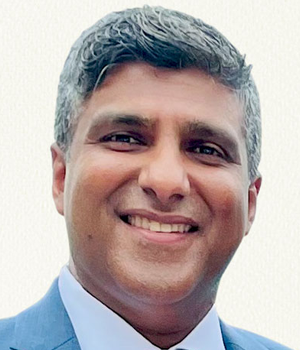The findings of a new survey by the Medical Group Management Association (MGMA) have important implications for hospitals, physician practices, and medical billing companies. This national survey was conducted among MGMA member organizations in May 2017 to understand billing and payment preferences and behaviors among providers. In addition to several billing and payment benefits in physician practices versus hospitals, the survey revealed key strategies that could help providers enhance patient billing, payments and satisfaction.
The survey of 761 executives and practice leaders from medical groups, hospitals, ambulatory surgical centers, and integrated delivery networks also uncovered that 28 percent of providers prefer that consumers pay their patient financial responsibility by check.
Here are the key findings of the MGMA-Navicure led survey:
- Despite a majority of patients’ preference for electronic billing, 77 percent of respondents said they still send paper bills. This indicates that despite patient demands, providers are not fully leveraging digital medical billing options. According to the survey, the electronic patient billing adoption rates are as follows:
- 27% of organizations reported having an online medical bill payment tool via their patient portal or website
- 22% said that they offer payment plans or can use a credit card on file to automatically charge a patient’s account each month
- 11% have consumer healthcare credit lines via a third-party vendor
- Physician practices were found to have a competitive advantage over hospitals when it comes to billing and payments. Patients are more likely to pay their physician practice bill faster. More than 26% of a hospital respondents said that patients take longer than six months to pay their balance in full, whereas only 13 percent of practice respondents reported it took this long. This could be because of the lower cost of services at group practices.
- About 77 percent of the ambulatory organizations have the ability to estimate patient financial responsibility at the time of service, 19 percent can do it while patients are still in the office, and 5 percent can provide the estimate after the patient leaves, but before the bill is sent.
- 78 percent of patients support keeping a credit card on file for small charges totaling less than $200 but only 20 percent of providers used this method.
- Though few provider organizations offer a credit card on file option, about 35 percent of respondents agreed that keeping a credit card on file to pay small balances under $200 would decrease the cost of collections, days in patient accounts receivable (A/R), and patient bad debt and write-offs.
- About 56 percent of individuals planned to ask for a cost estimate in the future, Up to 79% of ambulatory organizations said they could provide a cost estimate to patients on request, while the proportion of hospital respondents that could do so was 69%.
- More group practices (64%) than hospitals (56%) reported that patients are comfortable sharing their email address. The survey found that, in actuality, 79% of patients report feeling comfortable providing their email address. This indicates an opportunity to deliver bills electronically by leveraging email addresses, generating extensive savings in cost, environmental waste and days in A/R.
About 52 percent of respondents reported that their patients take over three months to fully pay their patient financial responsibility. Healthcare Finance points out that the MGMA survey suggests that providers, especially hospitals, are overlooking key areas to improve when it comes to patient billing, payments and satisfaction. Digitizing patient collections and medical billing could be solution to promote full and faster payments.
Today, with high deductible plans, patients have higher out-of-pocket costs and they shop around for healthcare services and providers. Electronic billing could be crucial to attract and retain patients. Medical billing outsourcing can provide the solution to improving patient billing satisfaction as well as providers’ revenue cycle. Technologically advanced medical billing companies work on their own software or that of the provider to submit claims and follow up on claims with insurance companies. In fact, a recent market research report says that factors such as the growing emphasis on compliance and risk management, the need to make processes more efficient, and healthcare organizations’ stress on maximizing return on investment (ROI) will drive the growth of the medical billing outsourcing market in the future.


